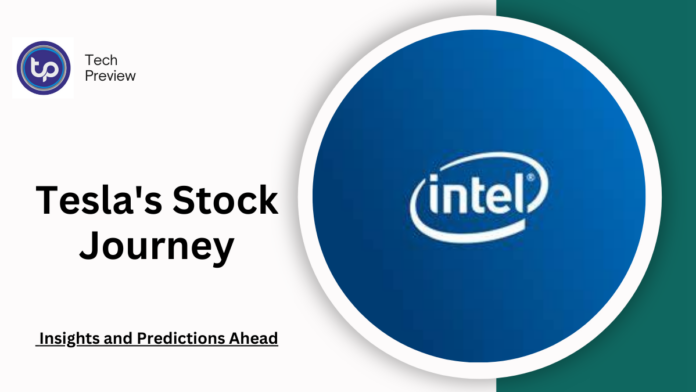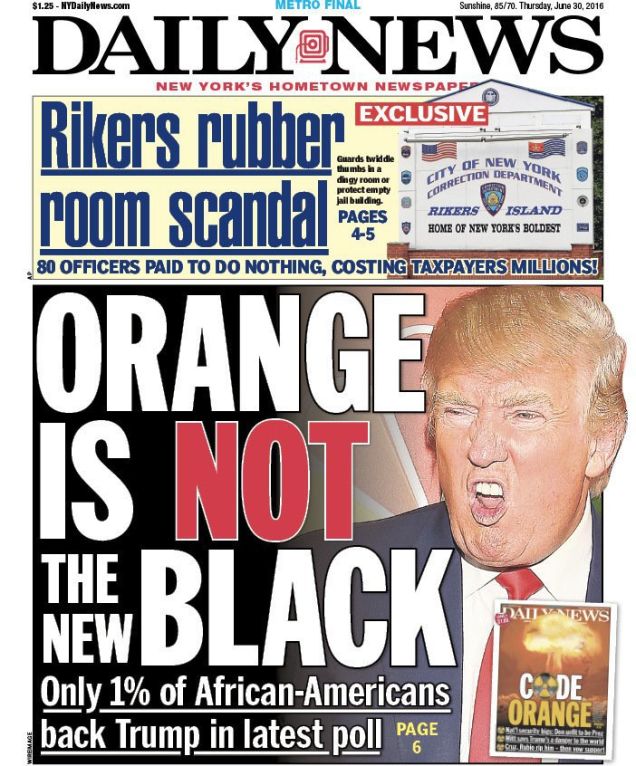Investors in Intel (INTC) have had quite a challenging year. Since January, the stock has plummeted by a staggering 55%, closing at $20.77 on September 18.
This decline marks a significant drop of 45.17% compared to the same period last year, and it feels even more pronounced when we consider Intel’s all-time high closing price of $62.07 back in April 2021.
The only moment of brightness recently came in December 2023, when excitement surrounding artificial intelligence briefly lifted the stock to $50.
However, that enthusiasm has faded, and Intel now stands as one of the worst-performing stocks in the S&P 500. In stark contrast, competitors like Nvidia have thrived, with their stock price soaring nearly 130% in the same timeframe.
Understanding the Drivers Behind Intel’s Stock Decline
One of the primary factors contributing to Intel’s stock troubles has been its disappointing earnings reports. In April, the company released its first-quarter results, which showed only marginal improvements in revenue and profit margins.
More concerning was the gloomy outlook for the remainder of the fiscal year. The situation worsened when Intel announced its second-quarter results, revealing revenue of $12.8 billion, which represented a 1% decrease year-over-year.
MUST READ : Tesla’s Stock Journey: Insights and Predictions Ahead
The company reported a loss of $(0.38) per share for that quarter and anticipated a further loss of $(0.24) per share in the third quarter.
In a candid statement, CEO Pat Gelsinger admitted that the financial results were disappointing and acknowledged that the challenges expected in the second half were more significant than previously anticipated.
Strategic Cost-Cutting Measures
In response to its financial struggles, Intel has initiated a series of cost-cutting measures aimed at improving profitability and efficiency. Key elements of this strategy include:
- Reducing Operating Expenses: Intel plans to streamline its operations, cutting its budget to approximately $20 billion in 2024 and $17.5 billion in 2025. This effort will also include a reduction of over 15% in workforce, which is expected to be completed by the end of 2024.
- Lowering Capital Expenditures: The company is aiming to cut its gross capital expenditures in 2024 by more than 20%, reducing it to a range between $25 billion and $27 billion.
- Minimizing Sales Costs: Intel expects to save $1 billion in non-variable sales costs by 2025, although the current product mix is still expected to be a challenge.
- Sustaining Core Investments: Despite these cuts, Intel plans to maintain its investments to build a resilient semiconductor supply chain, both in the U.S. and globally.
Intel was once synonymous with chip manufacturing, particularly in the CPU space, but it has lost significant ground to more agile companies like Taiwan Semiconductor (TSMC).
These firms have shown a remarkable ability to adapt to shifting market conditions.
Additionally, some of Intel’s former major clients, such as Apple, are now opting to manufacture their own components rather than outsourcing to Intel. This shift has hurt Intel’s sales and diminished its overall market share.
Despite these setbacks, Gelsinger remains optimistic about the competitiveness of Intel’s foundry business and is committed to regaining its footing against rivals like TSMC.
Positive Developments on the Horizon
While the year has been tumultuous, there are some encouraging signs for Intel.
The company secured a substantial agreement with Israel to construct a $25 billion chip manufacturing facility, with the Israeli government contributing $3.2 billion to the project.
This initiative aims to enhance global supply chain resilience, particularly in light of the disruptions experienced during the pandemic.
If successful, this move could mitigate some of the risks associated with over-reliance on Taiwanese and Japanese manufacturing, as both regions have been critical to the semiconductor supply chain.
Analysts’ Perspectives on Intel’s Future
The outlook among analysts is varied and reflects a mix of optimism and caution. Brian Colello from Morningstar expresses a belief that Intel will continue to lead the market in central processing units (CPUs) for both PCs and servers.
However, he also suggests that Intel’s best days may be behind it, given its current manufacturing disadvantages compared to TSMC and its chip-making partners like AMD and Nvidia.
Similarly, Susannah Streeter from Hargreaves Lansdown acknowledges the recent partnership with AWS as a positive development but warns that it will take considerable time and effort for Intel to reclaim its market position.
Future Expectations
The spending of $63 billion on share buybacks over the past decade has raised eyebrows among shareholders, who now question whether those funds could have been better allocated toward research and development.
The current leadership under Gelsinger has shifted focus away from buybacks to prioritizing product engineering, aiming to enhance Intel’s innovation capabilities in a competitive landscape.
Conclusion
In summary, Intel has faced significant challenges over the past year, marked by disappointing earnings and fierce competition.
While strategic initiatives like cost-cutting and partnerships offer some hope, analysts advise caution for potential investors.
The road ahead for Intel is fraught with challenges, but with careful navigation, there may still be opportunities for recovery and growth.
People May Ask
What has led to the recent decline in Intel’s stock price?
The primary causes include disappointing earnings reports, stiff competition from rivals, and operational challenges within the company.
Are there any positive developments for Intel on the horizon?
Yes, Intel’s partnership with Israel to build a new chip plant represents a significant opportunity to strengthen its supply chain and manufacturing capabilities.
What do analysts predict for Intel’s stock in the near future?
The consensus among analysts generally recommends a ‘Hold’ rating, with expectations that the stock may rise to around $25.47 over the next year, though forecasts vary widely.
How has competition impacted Intel’s position in the market?
Intel has lost market share to nimble competitors like Apple and TSMC, who have rapidly adapted to changing market demands and consumer needs.
Click here to learn more.









